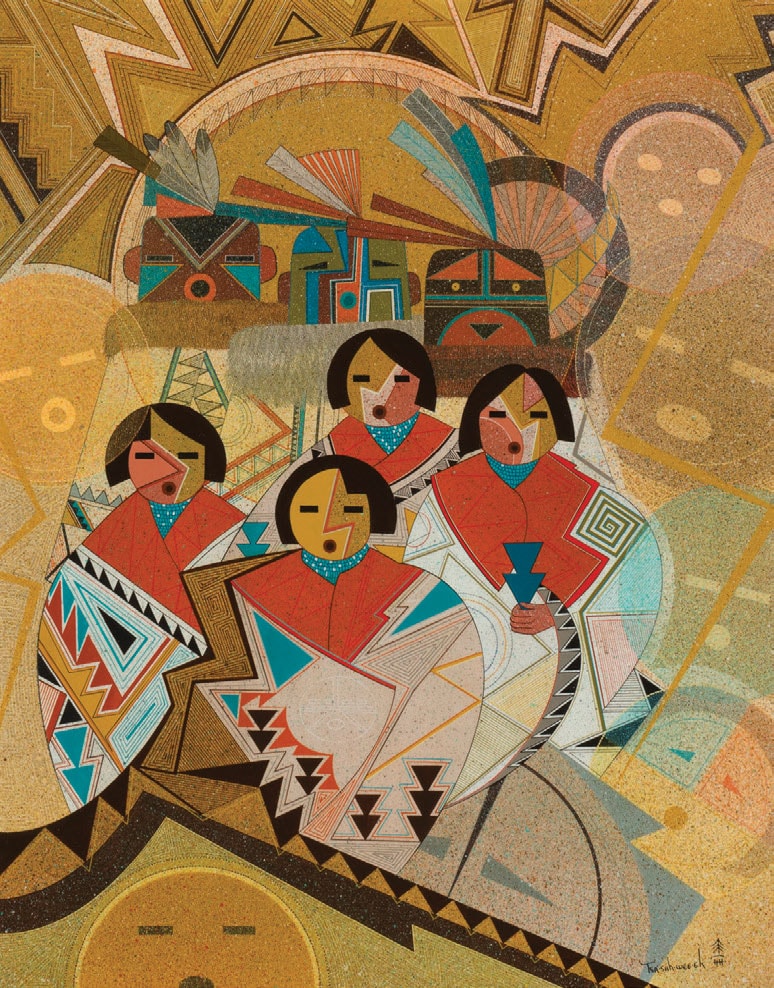
11 Jan From the Editor: Process and Perspective
In each issue of Western Art and Architecture, we explore the creative process and the resulting work that encourages viewers to consider the West in a new light.
The journey that takes an artist from idea, to execution, to examination by an audience may be filled with serendipity, as was the case for Teresa Elliott’s acclaimed longhorns (“Transcending the West,” p. 132). The first longhorn she ever painted was for her own enjoyment, applying the fundamentals of portraiture to capture an expression of beauty found, unexpectedly perhaps, in livestock. Today, being open to new ideas is still critical to her creativity, and her work continues to expand in exciting directions.
The journey that brings artist Tom Judd to the canvas is a continued exploration of both Western history and the present day. As Rosemary Carstens writes in “An American Original” (p. 138), Judd examines the West through “explorers’ tales of adventure, settlers’ stories passed down through generations, and Hollywood’s imagined heroics. His art is not meant to be nostalgic. Rather, he interrogates the past, braiding together disparate elements of culture, history, and pop art to project fresh and thought-provoking ideas.”
The process of artist and gallery owner Diana Madaras results in bringing joy to others. She has long viewed art as a method to help, sharing her declaration of “color and joy” in both her artwork and philanthropy (“Painting Arizona,” p. 150).
Theater brought painter Aaron Morgan Brown to the world of fine art. Today, he creates works that carry symbolism and depict narratives, each one a short static performance (“Backstage with Aaron Morgan Brown,” p. 144).
The process for many architects working in the West is to create buildings that enhance or call attention to our surroundings. Art and architecture together create an ideal summary of the mountain town of Beaver Creek in Colorado (“A Celebration of Place,” p. 114). And Locati Architects designs a residence in Bozeman, Montana, that represents a family’s love for the landscape (“Capturing an Essence,” p. 120). Meanwhile, Studio Rick Joy is uncommonly able to pull intense emotion from minimalistic design. Contributor Laurel Delp puts it perfectly in “Rendering,” p. 100: “The interplay of light and shadow throughout the clean lines of projects creates a stirring, mysterious, and meditative experience.”
This is the wonderful ability of fine art and the trick of subliminal architecture: to make us feel, and think, and consider the world differently. We are excited to share the visions of each innovative individual profiled inside. Our hope is that this issue inspires your own creativity and a new way of looking at the West.
Christine Rogel, Editor in Chief





No Comments